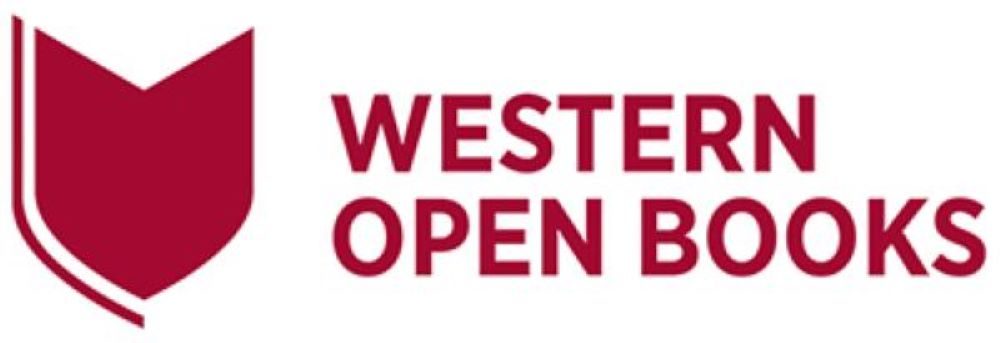2 About copyright
CC licences are not an alternative to copyright. They are built on copyright and similar rights and last for the same length of term as these rights. The licences enable rights holders to specify a standard set of terms and conditions regarding sharing and reuse that best suit their needs while ensuring that the authors are credited for their work.
What is copyright?
Copyright is the exclusive right, held by the creator (author) of a work, to reproduce, publish, modify and distribute or sell copies of that work. Without the creator’s permission, third parties are not allowed to do this; except for some specific and limited uses provided by statutory exemptions in the Dutch Copyright Act
Copyright arises automatically as soon as a work is created. For academic work (academic output), this usually means as soon as it is written. No application or registration is necessary. Throughout the European Union, copyright will remain with the creators during their life and for at least 70 years after their death. Copyright can be transferred to a third party (a private individual or a legal person like a publishing company) by the creator in a written contract or an assignment.
With a CC licence on a work, the creator can – without transferring copyright – grant certain permissions to use a work, whether or not under specific conditions, directly to a third party. This is on top of the rights, e.g. quotation and educational use, that already exist in the Dutch Copyright Act. It is often very difficult for a third party to understand copyright exceptions, to find out
who the current copyright holder is, and how to contact them to ask for permission.
The University Copyright Policy (based on provisions of the Copyright Act, 1968 (the Act), the Statutory Educational Licence Agreements) provides general advice on using copyright material for educational, research and other non-commercial purposes at Western Sydney University.
What is fair dealing?
Fair Dealing refers to provisions in the Copyright Act, 1968 (the Act), which cover copying for (personal) research or study, criticism or review, reporting the news, parody and satire, and purposes related to judicial proceedings.
University staff and students must ensure that the risk of copyright infringement is minimised by ensuring that any copying made under Fair Dealing for the purposes of research, study, criticism, review, parody or satire is fair and is limited to the amounts indicated in the Act.
Fair Use Exceptions do not apply in Australian copyright law and must not be used to copy and communicate copyrighted content for educational purposes.
Western Sydney University’s Copyright Policy includes further deatails on Fair Dealing.
Copyright and publishers’ contracts
When you want to publish your work with a publisher, the publisher has to get your permission to reproduce, publish, distribute and archive the work in print and electronic form. To be able to do so, the publisher may ask you to transfer your copyrights or grant a licence to publish.
With a Transfer of Copyright Agreement, the author transfers (all) their rights of the work to the publisher, including those regarding electronic forms and transmissions, and can no longer exercise control over how the publisher uses those rights. On the other hand, in a Licence to Publish, the author retains copyright and licences specific rights to the publisher, thus maintaining
control over their rights that have not been granted.
A Licence to Publish can be exclusive or non-exclusive. The author (licensor) granting an exclusive licence will, in most cases, have the same result as a transfer of copyright: the specific rights have been exclusively granted to the publisher (licensee); the licensor can no longer exercise them. That is why it is important to grant a non-exclusive licence. With a non-exclusive licence,
such as a CC licence, you can grant all licensees specific rights with a standard contract.
Please note that some publishers ask you to transfer your copyrights or assign exclusive rights to be able for them to grant a CC licence. If you have a choice, we recommend not to do so. By transferring the copyright or granting an exclusive licence, you will no longer be in the position to exercise specific rights yourself. For instance, if the publisher owns your commercial rights,
you would have to ask the publisher permission, and in most cases pay the publisher, to be able to add your publication to a printed course reader and charge for it.
Rights that are usually reserved to the author after signing a publishing contract
Usually, certain rights remain reserved to authors or are granted by publishers in a standard contract, whether based on a Transfer of Copyright Agreement or an
exclusive Licence to Publish.
These are:
-
the right to make further copies of all or part of the work for private use and classroom teaching.
-
the right to reuse all or part of the work in a compilation of a work or textbook of which you are the author.
-
the right to make copies of the published work for internal distribution within the institution that employs you.
That said, the author will have to seek permission if a publisher does not expressly allow the author to exercise those rights as standard in the contract.
Retaining your rights
Authors can always try to retain more rights over the work through negotiation with the publisher. For that purpose, SPARC has developed an Author Addendum that can be added to your paper at submission.
In addition, cOAlition S has announced its Rights Retention Strategy, which aims to empower researchers funded by cOAlition S to retain control over their work. This strategy allows authors to publish in their journal of choice, including subscription journals, while retaining the right to self-archive the author’s accepted manuscript of their papers immediately upon publication under a CC BY licence.

